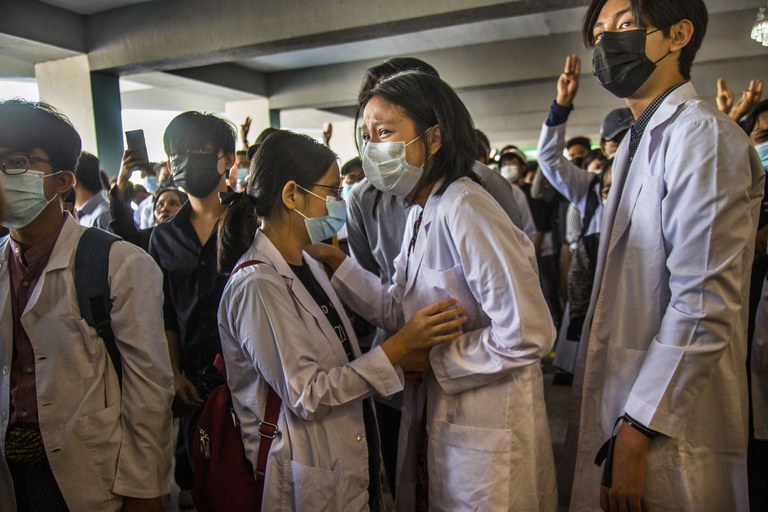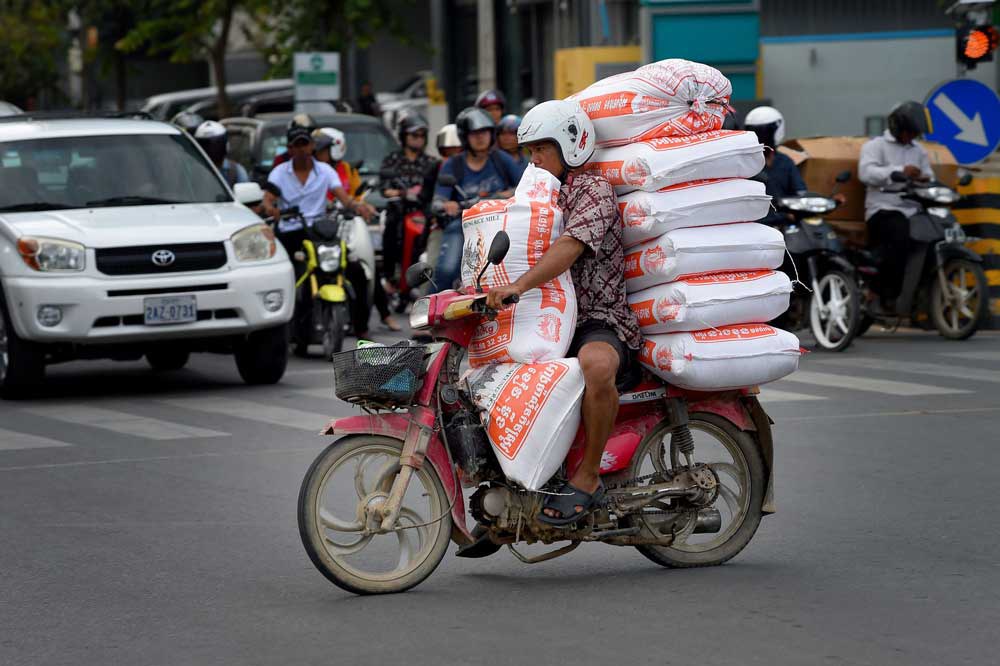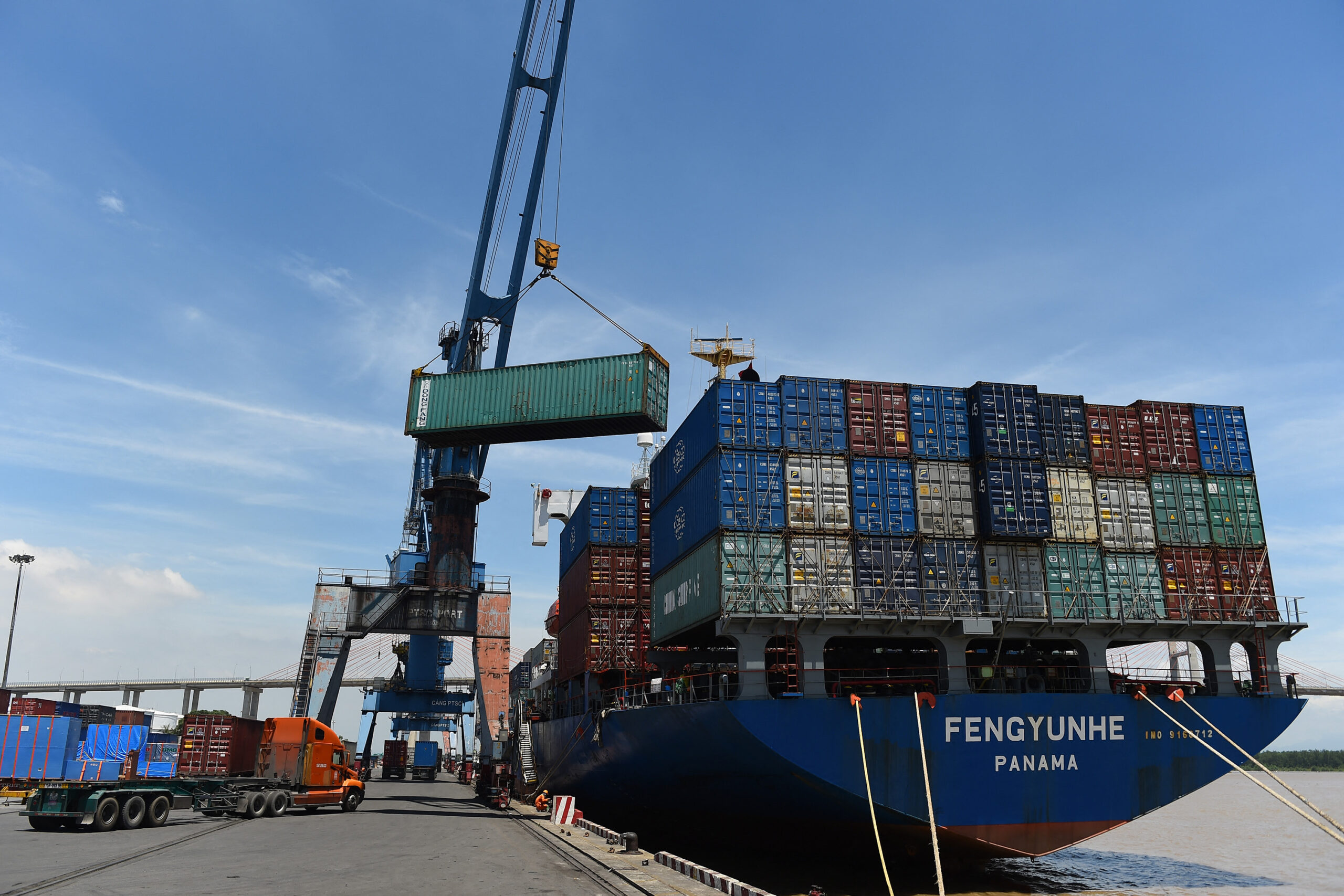
More than 550 doctors fired by Myanmar junta for refusing to work in protest
The junta’s Ministry of Health has fired 557 government-employed doctors who left their jobs to protest against the military government, revoking their licenses at a time when medical professionals are in short supply, sources in the country’s medical community said Tuesday, citing an official list. The striking doctors joined other government workers in what has come to be known as a nationwide “Civil Disobedience Movement,” or CDM, refusing to do their jobs to take a stand against the military government that took power in a February 2021 coup. A doctor who has been in hiding for more than a year after the junta issued a warrant for her arrest on charges of “incitement” told RFA that she and others on the list have no intention of ending their commitment to the anti-coup movement, regardless of the suspension of their licenses. “We knew the junta would take this step,” she said, adding that she only learned of her suspension after being informed by a medical colleague. “Revoking my license won’t make things any worse for me now and it won’t change my stance.” The first group of doctors to join the Civil Disobedience Movement did so in Mandalay on the day after the coup and gained a following so large that junta-run hospitals and clinics were unable to function. The movement has had such a large impact that it was listed as a nominee for the 2022 Nobel Peace Prize by the Nobel Prize Committee. But news of the dismissals comes amid a shortage of doctors in the country due to those participating in the movement and stretched by COVID-19 and widespread conflict. That’s prompted the junta to relax requirements for applying to medical school this year. As part of the dismissals, the junta-controlled Myanmar Medical Council began issuing one-year suspensions of the doctors’ licenses to practice, known as the Sa Ma certificate, beginning in February – one year after the Feb. 1, 2021 putsch, the sources told RFA’s Burmese service. A physician who joined the CDM movement told RFA that while suspensions began nearly nine months ago, there had been no public announcement and the affected doctors only learned of the move after the list of names went viral on social media. “They are revoking the licenses of doctors, phase by phase. Sometimes they revoke 20 [at a time], sometimes 25. But the lists came out sporadically and most of these doctors were not aware of the change,” said the physician, who spoke on condition of anonymity citing fear of reprisal. “Many of them are still providing treatment and running [private] clinics. They were all surprised to learn about the news because the ministry never notified them.” Of the approximately 60,000 doctors who joined the movement since the coup, around 45,000 remain, according to a group called the CDM Medical Network. The Ministry of Health said it had suspended the licenses of 14 doctors in February, 50 in March, 41 in April, 66 in May, 60 in June, 61 in July, 80 in August, 87 in September, and 98 in October – the list of which included several veteran medical practitioners. Targeting ‘the people and their profession’ The doctor-in-hiding acknowledged that those on the list are “facing hardship” now that the junta has also distributed it to private hospitals and clinics and begun conducting impromptu inspections, however. RFA requests to Myat Wunna Soe, the director general of the junta’s Ministry of Health, seeking comment on the suspensions were referred to the Myanmar Medical Council, but calls to the council went unanswered Tuesday. A document circulated internally at the medical council – a copy of which was obtained by RFA – states that the doctors were suspended for violating Article 45 (D) of the Myanmar Medical Council Act, citing “a failure to abide by the code of medical ethics” and “patient abandonment.” However, a Civil Disobedience physician who gave her name as Olivia noted that suspending the licenses of medical professionals for their political beliefs impacts both doctors and their patients. “The suspension also seriously affects the well-being of their patients and patients’ family members … This impacts both the people and their profession,” she said. In this March 16, 2021 photo, medical students mourn as others flash the three-fingered salute at the funeral of a fellow medical student who was shot in the chest two days earlier by junta security forces during a protest against the military takeover in Yangon, Myanmar. Credit: AP Photo Lowered application requirements Amid the dismissals of CDM doctors, the junta lowered the requirements for applicants to medical school in 2022, citing the need to fill the gap created by large numbers of physicians joining the anti-coup movement. A second-year medical student who dropped out of school to protest the coup told RFA that becoming a doctor requires several years of training, and questioned the junta’s plan to replace Civil Disobedience physicians by offering applicants a shortcut. “They are trying to show that we are dispensable and they can replace us easily … with new people who will submit to their rule,” said the medical student, who also declined to be named. But he suggested that few of the applicants would be willing to provide care in Myanmar’s remote regions, while in urban areas, where many doctors practice, patients will simply “flock to a handful of high-quality doctors.” Movement impact Lwan Wai, a doctor from a branch of the movement known as the Yangon Medical Network, said that with the number of medical professionals already unable to meet demand in Myanmar, the suspension of nearly 600 physicians will have a serious impact on access to healthcare in the country. “The ratio of medical staff to patients is already lopsided,” he said, noting that the number of casualties from armed conflict has skyrocketed in recent months, while people are still dying from COVID-19 and other diseases. “This decision won’t benefit anyone. The patients will become more hopeless. I expect that many people will die because they…




